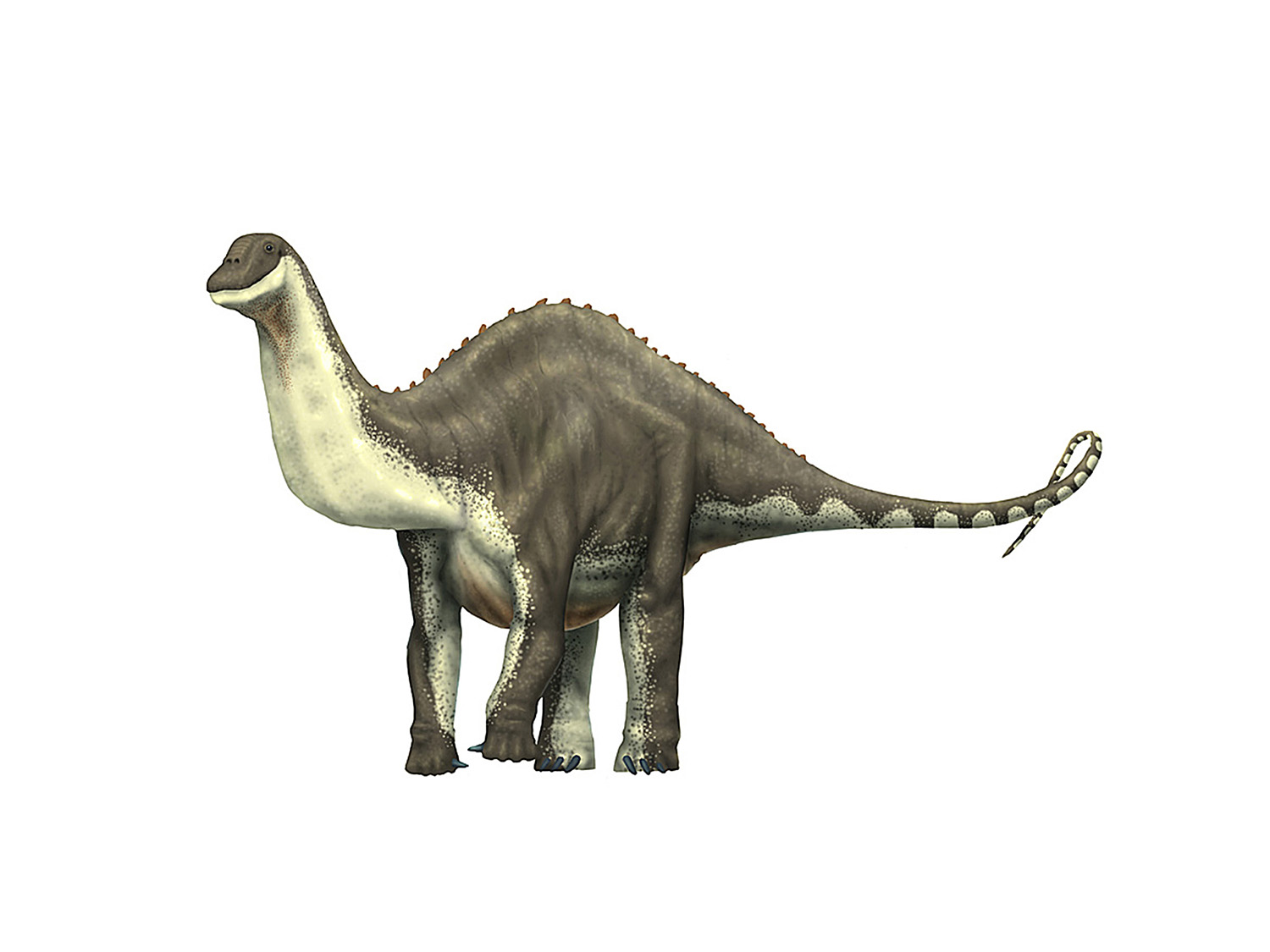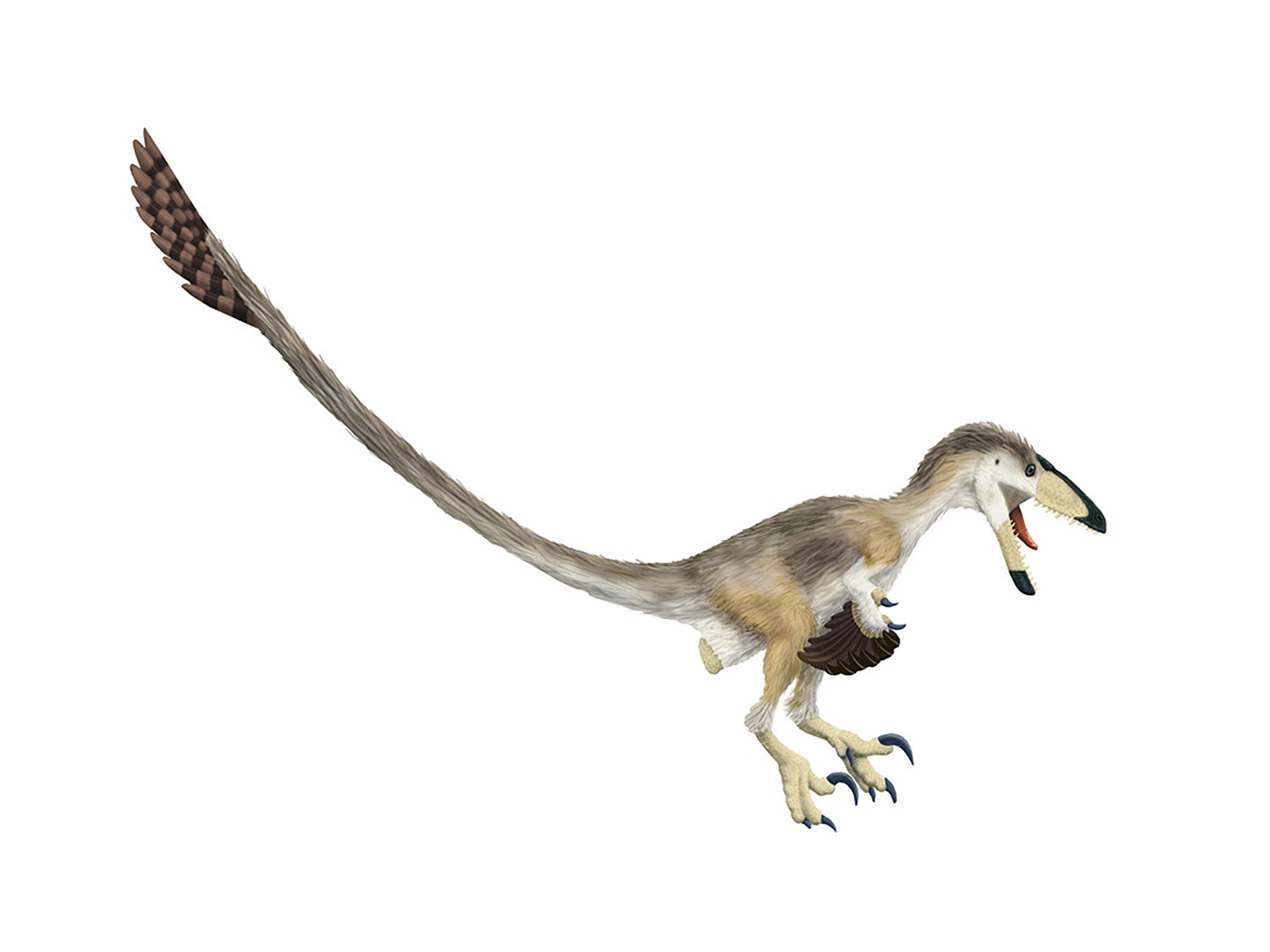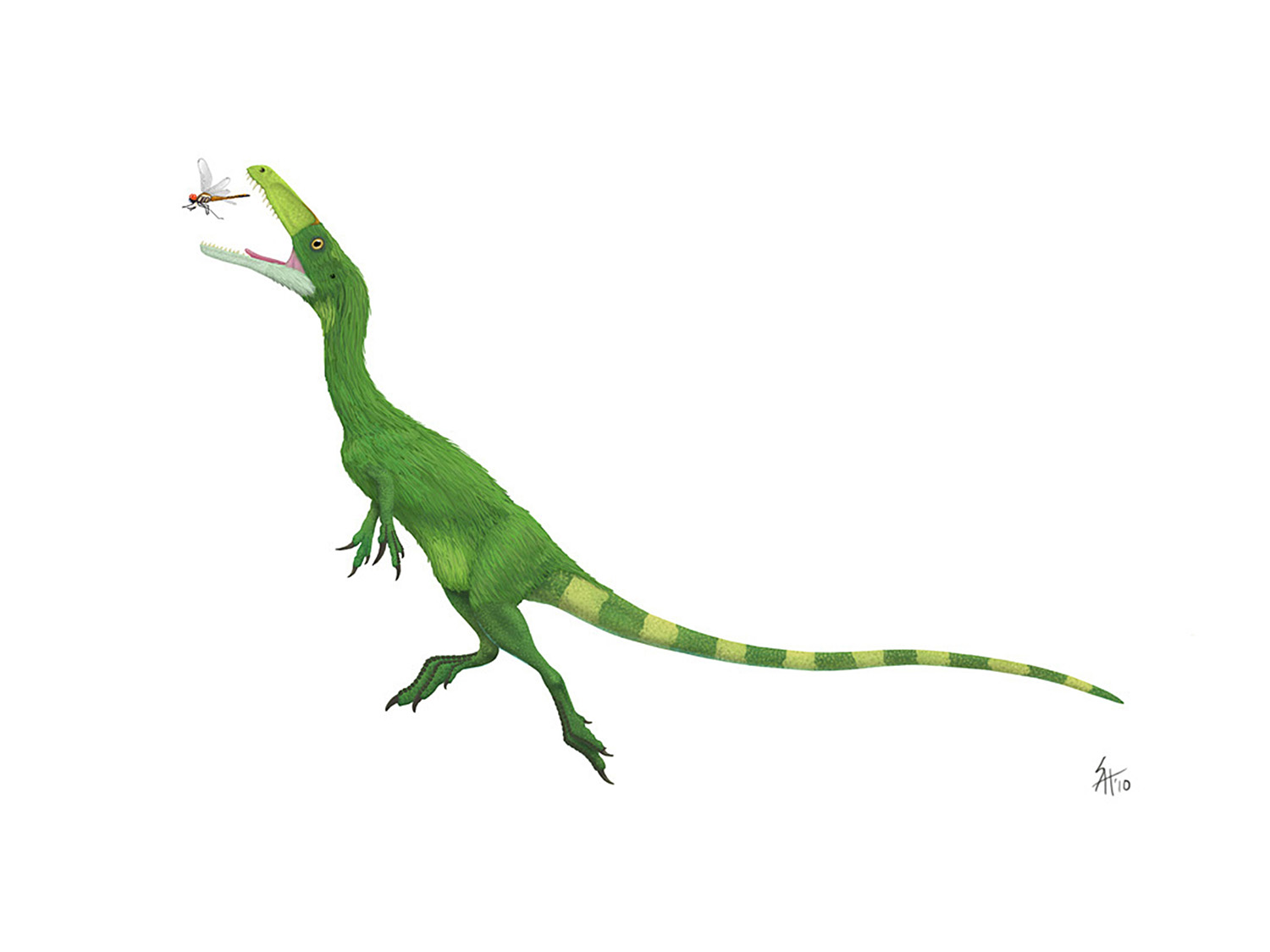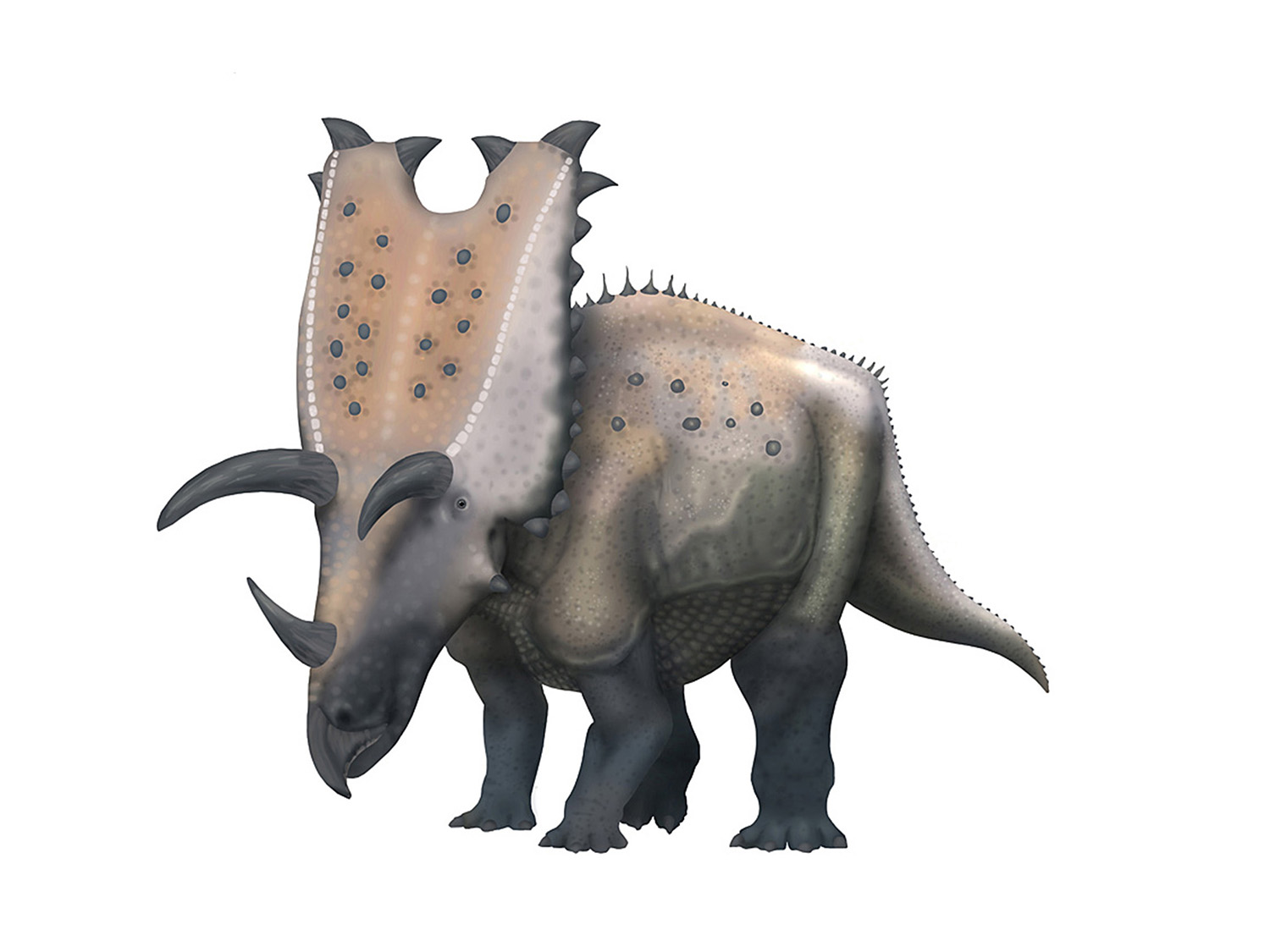A History of Skeletal Drawings: Part 2 - Bone Wars to the 1950's
/
As we saw in Part 1, the 19th century saw the rise of many of the modern conventions we see in skeletal reconstructions. Yet the last two decades of the century closed without any innovations, and at times a retreat from proportional accuracy. In short, skeletal reconstructions became more schematic in nature. Yet the creation of the modern silhouette skeletal reconstruction evolved in the first half of the 20th century. Why did skeletal drawings see an initial fall? And when did the modern form get invented? Let’s take a look...
The Fall and Rise of Skeletal Restorations
Before we begin with the doom and gloom, I want to take care not to give off the wrong impression about the Bone Wars. It was a fascinating and productive time in the history of paleontology, and the results were a treasure trove of fossils that still delight artists and scientists more than a century later. Yet the time period had a chilling effect on the field of producing skeletal reconstructions. Nobody outlines were put on skeletal reconstructions for decades, and the skeletals that were published often were erroneous in their general proportions.

(Marsh's Stegosaurus, sporting a bodacious mohawk)
So what happened? There seem to have been several factors at play. As the 19th century closed Europe was coping with the social, economic, and political issues that would eventually lead to WWI. As intellectual giants like Cuvier and Owen died, scientists of similar calibre were not stepping into the field to replace them. The U.S. on the other hand was rapidly pushing back their western boundaries post Civil War and was eager to demonstrate its growing scientific prowess. With the increase in publications during the Bone Wars, the bulk paleontology publications started to shift to North America. The U.S. had a different (and shorter) set of academic traditions than Europe, and one area it lacked was in comparative anatomists. Cope, for example, was very interested in evolutionary mechanisms (his 1897 book The Primary Factors of Organic Evolution is a fascinating insight into how trivialized natural selection had become to most biologists by the late 19th century), but he did not spend his free time dissecting modern animals to learn their soft tissue anatomy.
The specimens themselves were also frequently different, especially in their mode of preservation. Many (though not all) of the fossils we looked at in Part 1 were of the type that are embedded in slabs, or otherwise excavated with their buried position largely intact. The fossil finds at Como Bluff and Hell Creek were the opposite; they usually come out of the ground one bone at a time. Quarry maps were a nascent field and not generally as precise as we see today. It's also worth noting that most of the dinosaurs named during the bone wars were not actually mounted until midway through the first decade of the 20th century. All of these factors would have made it more difficult to judge and measure proportions.

Cope's Camarasaurus on the left, Compsognathus on the right. I admit it, Cope had it harder (images from here and here)
So in short; both the fossils and the scientists that starred in the Bone Wars were very different from what had come before, and the results were less than satisfying skeletal reconstructions. And it would take several decades before things would fully recover.
That’s not to say there weren’t skeletal reconstructions that were published. But for the first couple decades they tended to resemble those popularized in the Marsh and Cope monographs. Below are the first two published skeletal reconstructions of everyones favorite dinosaur,
Tyrannosaurus rex:

(Godzilla... I mean T. rex , from the 1905 and 1906 papers on the beast.)
One significant change that did arise in the opening years of the 20th century was photos. Thanks to the relentless march of technology photographic cameras became more widely available to scientists (and their assistants) in the early 20th century. As a result many of the monographs that traditionally would have included illustrated skeletal reconstructions instead sported photographs of the mounts. An early example is Brown’s 1905 description of Champsosaurus.

(Not a stinkin' drawing, but at least it comes in two different views)
While the appearance of photography may have hindered the number of skeletal drawings executed, there were certainly benefits; individual bones could be represented more accurate (and eventually at less cost) than traditional plate illustrations. In the 1910s several skeletal reconstructions were made not from observation of the bones directly, but from projections made from photographs. Our good friend T. rex demonstrates this new fad in Osborn’s 1917 paper:

(Still posed like Godzilla, but the bones are proportionately accurate!)
Several classic skeletal reconstructions were published in the 1910s, including Brown’s 1914 “Monoclonius” and Lambe’s 1917 Gorgosaurus, but all looked eerily like those you see above. In the highly productive 40 years of American paleontology that started with the Bone Wars very little was done to expand the boundaries of the formal skeletal drawing; in the end the largest innovation was to start using photographs as a way to get the proportions correct...as they had largely been before the Bone Wars.
Over in Europe there were a few hints of what might have been. As discussed in Part 1, Seeley’s Dragons of the Air did contain modern looking skeletal reconstructions of pterosaurs (some with outlines) in 1901. In 1909 Othenio Abel drew such a giant skeletal reconstruction with body outline for the Frankfurt Senckenberg Museum of Natural History to help the staff understand how the bones of Diplodocus went together. The extremely colorful Baron Franz Nopcsa was taking an interest in the physiology of dinosaurs and would eventually contribute outlined skeletal reconstructions.

(From Ilja Nieuwland's The colossal stranger (1910) - kindly supplied by the author. Original published with kind permission by the Senckenberg Museum of Natural History, Frankfurt am Main, Germany)
Had the situation in Europe been more conducive to paleontology, perhaps we would have seen a continuation of the thought begun in the 19th century. But it was not to be, and World War I put paleontology on the back burner for most of the decade. Ideas must have been fomenting on both sides of the Atlantic, as almost immediately after the war we see a strong re-emergence of the outlined skeletal reconstruction, and widespread interest in paleobiology. Nopcsa produced a remarkably wrong reconstruction of Tanystropheus, which he mistook to be a pterosaur relative and namedTribelesodon in 1922. Heilman also contributed outlined skeletal drawings in his The Origin of Birds. But the real champion of the Roaring ‘20s was Friedrich von Huene. The entire decade was filled with his skeletal reconstructions; in addition to reviving the body outline, von Huene also demonstrated a strong concern for proportional accuracy. Some of his sauropods show a fairly modern feel.

(Huene's remarkably modern-lookingTitanosaurus skeletal reconstruction)
This time the United States was not totally left behind. Richard Lull published what was probably the first American skeletal reconstruction with an outline in his 1921 redescription of Nodosaurus, and a couple of years later Gilmore did the same for his 1924 description of Stegoceras.

(Huene's Procompsognathus standing and crouching - note the style of the crouched illustration)
Alfred Romer made a different sort of contribution to the field, when he started to publish his systematic restorations of the muscles of extinct animals. It’s easy to imagine his comparative anatomical work making the ghosts of Cuvier and Owen smile. The idea of reconstructing muscles explicitly like this was mostly a haphazard affair for decades, but it was the sort of work necessary if the outlines around skeletons were ever to be more than artistic doodles.

(Romer's restoration of the thigh muscles of T. rex)
The 1930s saw the Great Depression, and with it a corresponding decrease in paleontological publications. Once again attempts to scientifically restore the functional anatomy of dinosaurs stagnated. In Lull’s 1933 Revision of the Ceratopsia there is a wealth of photographs and illustrations of fossils, but only a single skeletal reconstruction:

(The lone(ly) skeletal drawing in Lull's revised Ceratopsia monograph)
Von Huene continued to publish, but at a reduced rate. Gilmore put out a landmark osteology on Apatosaurus, with a skeletal reconstruction reminiscent of the monographs of Cope and Marsh (which to some degree was probably intentional). Loris Russell did a Romer-esque full-body muscle reconstruction of Chasmosaurus, but for the most part it was a lost decade.

(L. Russell's flayed Chasmosaurus, understandably cringing in terror)
World War II further depressed the rate of paleontological publications, yet what was published shows that things had started to perk up. In China C. C. Young showed he was influenced by Huene's skeletal reconstructions, although anatomically-speaking the outlines sometimes appeared to be afterthoughts.

(Well, at least he's trying - frome Young, 1942)
When Lull and Wright put out their monograph on hadrosaurs in 1942 it was in stark contrast to Lull’s ceratopsian monograph of the previous decade; it was chock full of skeletal reconstructions, including several illustrations by Nelda Wright that hearkened back to Huene's 1921 crouching Procompsognathus. She polished the idea, and the images were to directly influence the dinosaur renaissance in the 1970s.

(Nelda Wright channels her inner von Huene)
In the mid 1940s came an event that would have massive influence down the road. The famous paleoartist Charles R Knight put out a book called...well, actually there’s a bit of a small mystery there. Most everyone refers to the book as Animal Drawing: Anatomy and Action for Artists. But the hardback copy I have from 1947 is actually called Animal Anatomy & Psychology for the Artist and Layman. Really, here’s a scan of the cover:

See?
As near as I can tell the title that is common today was given to the reprints done in the 1950’s, and has carried over to the present. Regardless, inside the book - which has nothing to do with prehistoric animals at all - are images that can amaze and astound us in the present.

(Chaz Knight's skeletal of an Asian elephant)
That’s right, full blown skeletal reconstructions with black silhouettes for the muscles was invented by none other than Charles Knight, paleoart superstar!

(More of Knights black-silhouetted skeletal drawings)
The book also contains many lovely drawings of the musculature of living animals. Given the preeminent role played by Knight in the history of paleoart, the work in Drawing Animals seems both brilliantly ahead of its time and also a lost opportunity. Romer had started to publish his muscle restorations of dinosaurs (and other extinct animals) in the 1920s - one can easily imagine a world where fully illustrated muscle reconstructions and black-silhouetted skeletal drawings of dinosaurs had been with us for 6 decades.
Of course the marriage of Knights paleoart and his drawing conventions for living animals did not take place. The Knight-look was first applied (with several variations) to paleontology by William Scheele in his 1954 book Prehistoric Animals.

(Scheele's Struthiomimus....sloooowly pushing off on its right foot)
At times Scheele seemed to be channeling a bit of Nelda Wright as well, as he experimented with different forms of outlined skeletal reconstructions throughout the book.

(Scheele's Ornitholestes, complete with eyeball (!) in the skull)
To understand how rapidly this unfolded, remember that from the 1880s to 1940 very modest progress was made with skeletal reconstructions. Most came from Europe (and particularly from von Huene). Perhaps the kindest thing that could be said 60 years after the Bone Wars began was that skeletal drawings had gotten back to the variety and accuracy seen leading up to the Bone Wars. Yet during and immediately after WWII (despite an overall decrease in the number of paleo publications) we saw rapid innovation. Outlined skeletal drawings show up on three different continents, new forms are invented and/or resurrected by Nelda Wright, Charles Knight, and those conventions are synthesized a little later William Scheele.
What happened? There is no obvious answer for this burst of creativity. Knight had actually been moving away from paleoart after the death of Henry Fairfield Osborn in 1935. It seems clear that Scheele was influenced by both Knight and Wright, but there are no direct records and now it's too late to ask anyone. The rest of the 1950's played out fairly quietly. But the stage had been set for the great flowering of skeletal reconstructions we have today. In Part 3 we'll (finally) get to the modern period, and see how skeletal drawings were influenced by the Dinosaur Renaissance, and vice versa.
References:
Knights, C (1947) Animal Anatomy & Psychology for the Artist and Layman.
Rudwick, M.J.S. (1995) Scenes from Deep Time. University of Chicago Press, 294 pages.
Seeley, H.G. (1901) Dragons of the Air. William Brendon & Son, Plymouth.



















